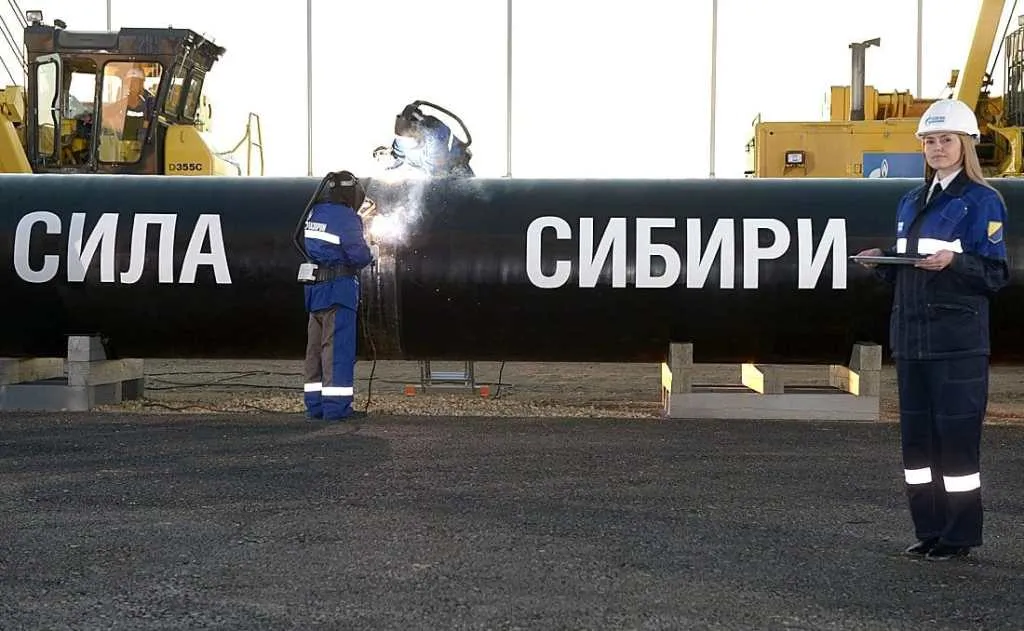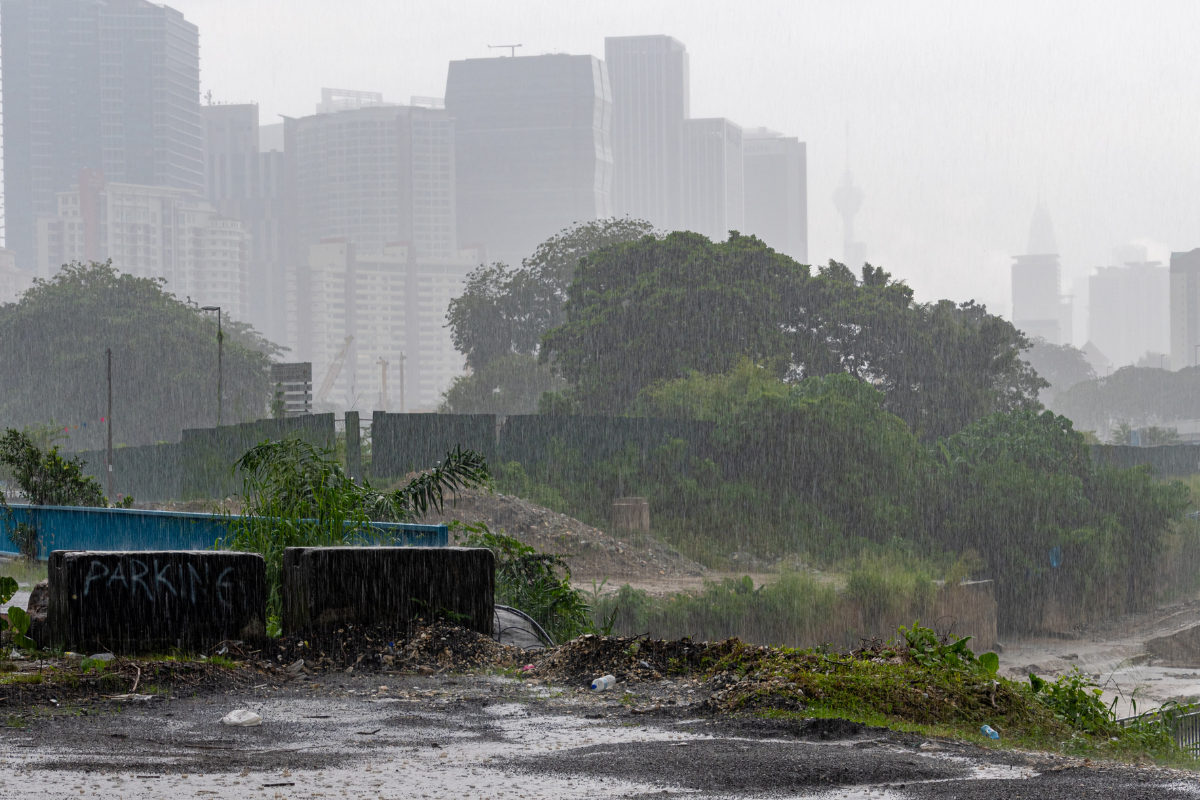The Power of Siberia -2 or Altai pipeline (Russian: Сила Сибири – 2; Chinese: 西伯利亚力量-2号) is a new proposed gas pipeline from the Yamal Peninsula of Western Siberia to all the way to the energy-hungry China. The pipeline is also known as Soyuz Vostok (Russian: Союз Восток). The name is after Gazprom registered a company called ‘Soyuz Vostok Gas Pipeline’ in Mongolia. This company is a joint venture of Gazprom (a Russian majority state-owned multinational energy corporation) and the government of Mongolia. The pipeline would run along the entire breadth of Russia and would reach China via Mongolia. The pipeline would be operated by Tomsk TransGaz.

As of April 2022, representatives of Gazprom and Local Mongolian Authorities were in talks with the regional groups and people of Mongolia for cooperation.
Power of Siberia vs Power of Siberia -2
The pipeline gained momentum in 2014 after the flourishing trade of gas via the then newly constructed gas pipeline known as Power of Siberia. The major difference between Power of Siberia & Power of Siberia-2 is that in the former the gas is supplied to China from the Eastern Yakutia region. Whereas, the latter will source its gas from the Yamal Peninsula of Western Siberia.

The Power of Siberia began its operation in 2014 and initially transferred 5 billion m3 of gas to China. As per the statements by the Russian Energy Minister, Alexander Novak, Gazprom is planning to “increase its deliveries” to China to “20 billion m³ of gas” each year. The capacity of the currently operating pipeline Power of Siberia is around 50-60 billion metric cubes each year. The demand for gas in china is also projected to rise in the future. In 2025, the pipeline will reach maximum capacity when more than 61 billion m³ of Russian gas will be carried to China.
Challenges with the project
There have been significant changes in the routes of this pipeline over time. Earlier the pipeline would go through the Altai Mountains towards Xinjiang. But due to the complexities that would arise with the laying down of the pipeline in these hilly regions and the fact that it would increase china’s territorial boundaries with Mongolia a new route was proposed through Ulan Bator in the Mongolian steppes towards Beijing.

The pipeline path (2,594 km) would then be traced from Bovanenkovo and Kharasavey gas fields in Yamal. The pipeline would pass from Urengoy- Krasnoyarsk Territory, Irkutsk Region- Buryatia- Transbaikalia which would require a new gas corridor to be constructed. Then, after crossing Lake Baikal, the pipeline would enter Mongolia, pass Ulan Bator, and go on to China. Later in China, the China National Petroleum Corporation might connect the Power of Siberia and the Power of Siberia 2.
As recent as May this year, Gazprom is considering a new route which would include the Irkutsk region along the route Zima – Sayansk – Cheremkhovo, and Tunkinsky district of Buryatia. Ultimately, the pipeline will be passing through Kyakhta before reaching Mongolia. Due to Environmental concerns and significant damage to national parks, Gazprom has redesigned some routes.
Technical Details
Some technical aspects of the pipeline include its diameter which would be 1420mm (56 in). It is estimated that the capacity of the Power of Siberia-2 would be 1.3 times more than the Power of Siberia. This translates to a capacity of 50-80 billion cubic meters (bcm) of natural gas annually. The capacity of the Power of Siberia pipeline is 60 billion cubic meters of natural gas annually. The cost of the whole project is around $14 billion and the construction will commence in 2024.
WHY?
Russia, a major supplier of gas to Europe shut down its Nordstream-1 pipeline which runs throughout Europe via Germany after the geo-political tensions flared. In 2021, the EU collectively imported 40% of its Natural Gas demand from Moscow. After USA interference and the Russia-Ukraine conflict, Europe primarily Germany called off the Nordstream-2 pipeline project. Nordstream-1, on the other hand, was operative until Gazprom stopped gas supplies to the EU. With the supply being cut off and declining exports, Russia needed an alternative importer and cooperated with China to trade gas. Russia and China already have worked together on the Power of Siberia.
In the recent SCO summit, Russian President Vladimir Putin and Pakistan PM Sharif held talks to supply gas to Pakistan to which the president affirmed that the pipeline infrastructure is already in place. Pakistan is looking to fill the energy void by importing gas from Russia via the infra which passes via Kazakhstan and Uzbekistan. He also added that the Afghanistan issue still looms and must be dealt with first.
REFERENCES:
Power of Siberia 2 Gas Pipeline
Russia-Pakistan gas pipeline feasible, Putin tells Shahbaz Sharif
Mongolian Transit Of Power of Siberia 2 Pipeline Construction to Begin In 2024
Follow Ground Report for Climate Change and Under-Reported issues in India. Connect with us on Facebook, Twitter, Koo App, Instagram, Whatsapp and YouTube. Write us on GReport2018@gmail.com








